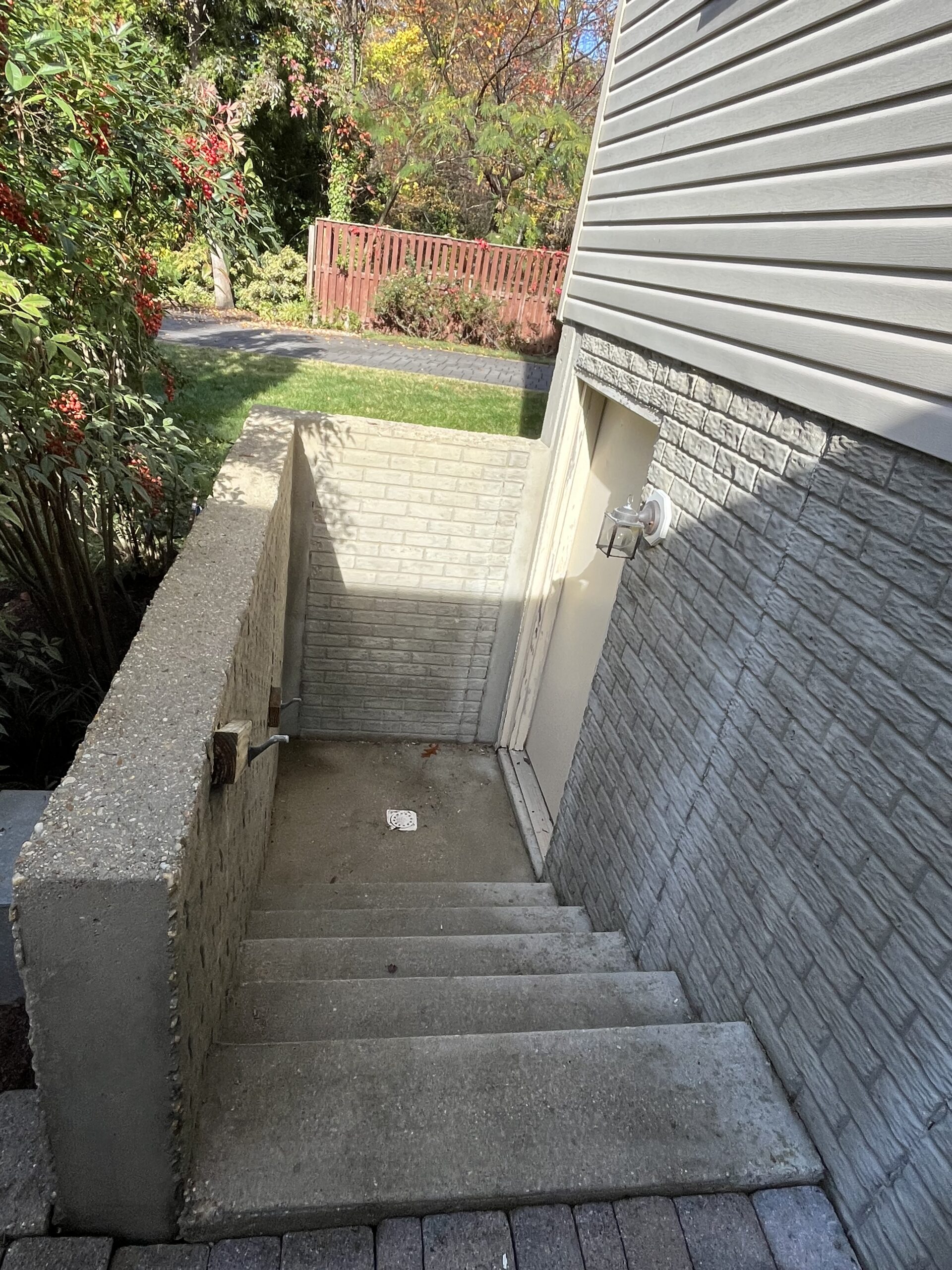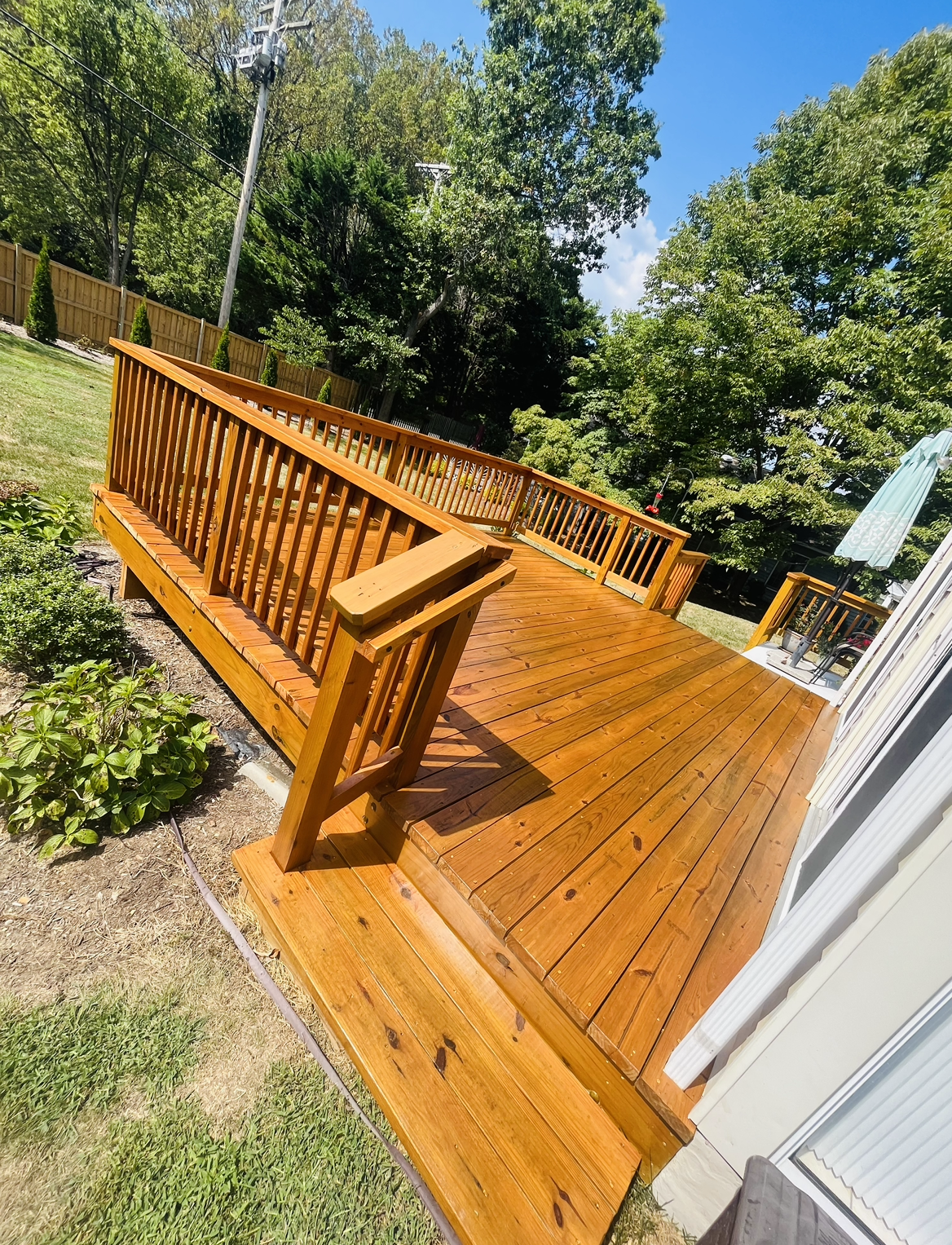Essential Spring Home Maintenance: Protecting Your Investment
As winter fades, your home often reveals the toll of harsh weather, making spring the perfect time for proactive maintenance. Addressing landscaping, outdoor structures, and interior surfaces now prevents costly repairs and enhances your living space just in time for warmer months. From revitalizing your yard to repairing drywall cracks and refreshing weathered decks, these tasks safeguard your property’s value and curb appeal. Neglecting them can lead to water damage, structural decay, or pest infestations. This guide distills expert strategies across five key areas—landscaping, deck/fence care, drywall repair, power washing, and painting—into actionable steps. By investing a little effort this season, you’ll enjoy a safer, more beautiful home all year.
Revitalize Your Landscape: Post-Winter Cleanup and Prep
Spring landscaping sets the foundation for a healthy yard. Start by clearing debris like fallen branches, matted leaves, and dead plants, which can suffocate new growth and harbor pests. Prune damaged tree limbs and overgrown shrubs to improve air circulation and sunlight exposure. For lawns, rake deeply to remove thatch, then aerate compacted soil to enhance water absorption. Apply a balanced fertilizer and reseed bare patches. In garden beds, refresh mulch to retain moisture and suppress weeds, but keep it 3 inches away from tree trunks to prevent rot. Finally, inspect irrigation systems: replace cracked hoses, unclog sprinkler heads, and check for leaks to ensure efficient watering as temperatures rise.
Deck and Fence Revival: Inspection, Cleaning, and Sealing
Wooden decks and fences endure significant weathering. Begin with a thorough inspection for:
- Structural issues: Loose boards, protruding nails, or wobbly railings.
- Rot and decay: Probe wood with a screwdriver; soft spots indicate rot.
- Mold and mildew: Look for dark, discolored patches.
Power wash surfaces using a fan-tip nozzle (25-40° angle) and a mild detergent to avoid wood damage. For stubborn mold, apply a specialized deck cleaner. Once dry, sand rough areas and replace severely damaged boards. Apply a water-repellent sealant or stain within 48 hours of cleaning—choose a dry, overcast day (50-90°F) for optimal absorption. Focus on end grains and joints, where moisture penetrates most easily.
Power Washing Essentials: Technique and Safety
Power washing removes grime from siding, driveways, and patios, but misuse can cause damage. Use 1,500–2,500 PSI for wood and vinyl siding, and 3,000+ PSI for concrete. Always test a small area first. Key guidelines:
- Distance matters: Hold the nozzle 12–18 inches from surfaces to prevent etching.
- Angle wisely: Direct spray downward on horizontal surfaces to avoid forcing water underneath.
- Protect surroundings: Cover electrical outlets and delicate plants with tarps.
For eco-friendliness, opt for biodegradable cleaners. Never power wash roofs, aging brick, or loose-painted surfaces—gentle hand washing is safer here.
Drywall Repair: Fixing Cracks and Holes
Winter’s temperature shifts often cause drywall cracks or popped nails. For hairline cracks:
- Widen the crack slightly with a utility knife.
- Fill with joint compound using a 4-inch putty knife.
- Embed drywall tape over wet compound for reinforcement.
- Apply two thin compound coats, sanding between layers.
For larger holes, cut a clean square, screw a wood backing block inside the cavity, then attach a matching drywall patch. Finish with compound and tape. Always prime repaired areas before painting to prevent flashing (visible patches).
Painting for Protection and Aesthetics
Spring’s mild temperatures (50–85°F) are ideal for painting. Start exterior projects by:
- Scraping peeling paint and sanding rough spots.
- Cleaning surfaces with trisodium phosphate (TSP) to remove dirt and mildew.
- Caulking gaps around windows and doors.
Choose 100% acrylic latex paint for durability and UV resistance. Apply two thin coats using angled brushes for edges and rollers for large areas. Indoors, address humidity-related stains with stain-blocking primer before repainting. For decks, use elastomeric paint to accommodate wood movement.
Conclusion: Preserve and Enjoy Your Home
Spring maintenance is a strategic investment in your home’s longevity and comfort. By methodically addressing landscaping, deck/fence integrity, surface cleaning, drywall flaws, and protective painting, you prevent minor issues from escalating into expensive repairs. Start with a walkaround inspection, prioritize safety-critical tasks (like loose deck boards), and tackle one project per weekend. Keep a maintenance journal with photos to track progress year-over-year. Remember: Consistency is key—reapplying sealant every 2-3 years or catching cracks early saves thousands. With these proactive steps, you’ll not only protect your property’s value but also create a welcoming space to relish the season ahead.



